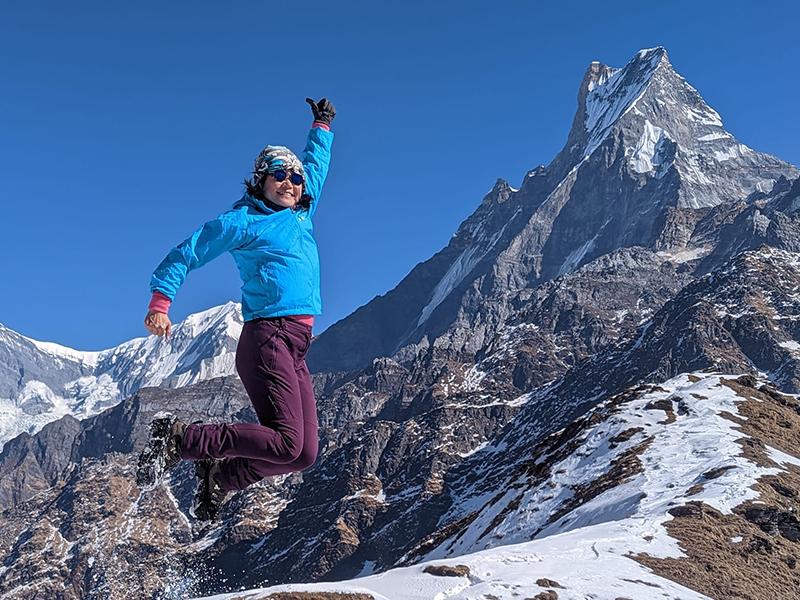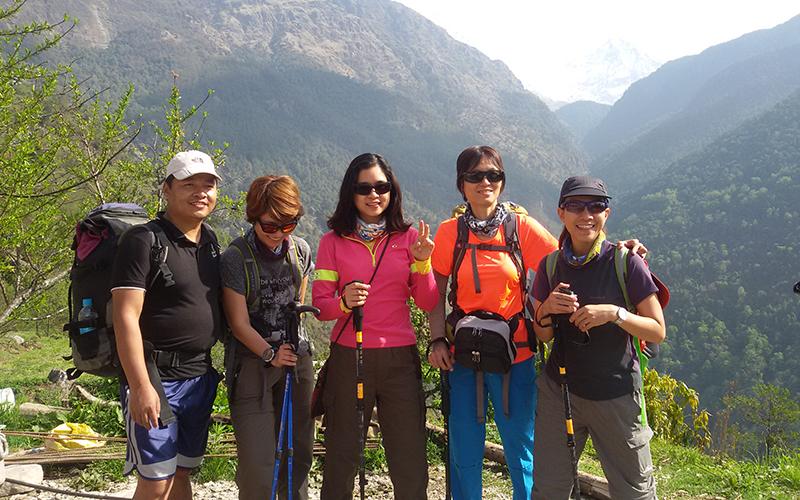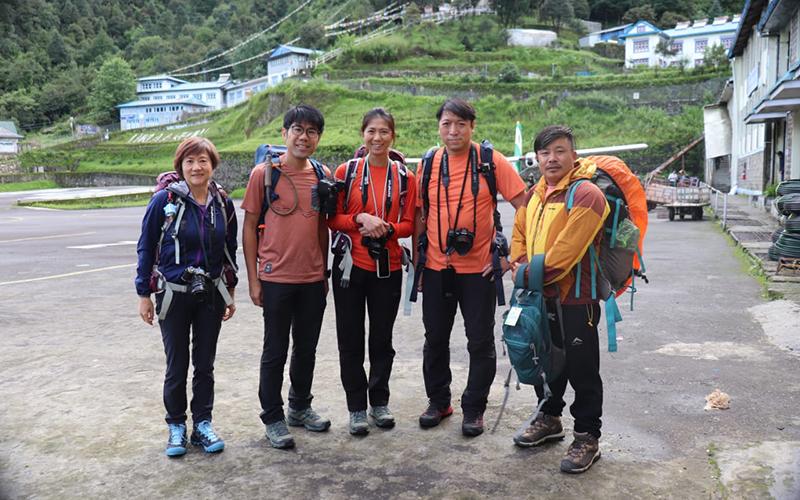Upper Mustang Trek Guide

Exploring the Hidden Kingdom A Guide to Upper Mustang Trek
Upper Mustang Trek, If you’re an adventure seeker looking for a unique and unforgettable trekking experience, then Upper Mustang should be at the top of your list. This remote and isolated region, located in the heart of the Himalayas, was once a kingdom in its own right and has maintained its distinct culture and traditions for centuries. Known as the Forbidden Kingdom, Upper Mustang was only opened to foreigners in 1992, making it one of the most exclusive and enigmatic destinations in the world.
Trekking through this mystical land is a once-in-a-lifetime opportunity to discover ancient caves, monasteries, and villages, all while surrounded by breathtaking landscapes and majestic mountains. But with limited access and strict regulations, planning a trek to Upper Mustang can be challenging.
That’s where our guide comes in – we’ll unveil the mysteries of this hidden gem, giving you insider tips and practical advice to help you make the most of your journey. So, pack your bags and get ready for an adventure of a lifetime!
History and Culture of Upper Mustang
Upper Mustang has a rich and fascinating history that dates back to the 14th century. The region was once a separate kingdom, known as the Kingdom of Lo, and was ruled by the Lo dynasty for over 600 years. The people of Upper Mustang have their own distinct culture, language, and traditions, which have been preserved for centuries, thanks to the region’s isolation and limited access.
The culture of Upper Mustang is heavily influenced by Tibetan Buddhism, and there are numerous monasteries and chortens (Buddhist shrines) scattered throughout the region. The people of Upper Mustang are warm and hospitable, and visitors are often welcomed into their homes for tea and snacks. The traditional dress of the people of Upper Mustang is also unique, with men wearing long, flowing robes and women wearing colorful aprons and headscarves.
Despite its rich history and culture, Upper Mustang remains an enigma to many trekkers, making it an even more exciting destination to explore.

Trekking Permits and Regulations
Due to its remote location and limited access, trekking in Upper Mustang is strictly regulated by the Nepalese government. All trekkers must obtain a special permit from the Department of Immigration in Kathmandu, and they must be accompanied by a licensed guide at all times.
The permit fee for the Upper Mustang is higher than other trekking in Nepal, but it’s worth the cost for the once-in-a-lifetime experience of trekking through the Forbidden Kingdom. The permit fee is also used to support local development projects in Upper Mustang, so visitors can feel good about contributing to the region’s sustainable tourism.
It’s important to note that trekking to the Upper Mustang is only possible during certain times of the year, and the number of permits issued per year is limited. It’s best to plan your trek well in advance to ensure that you can secure a permit and make the most of your journey.
Best Time to Trek in Upper Mustang
The best time to trek in Upper Mustang is from March to November when the weather is mild and dry. The monsoon season, from June to August, can make trekking difficult due to heavy rain and muddy trails. The winter months, from December to February, are also not recommended for trekking in Upper Mustang, as temperatures can drop below freezing and snow can make the trails impassable.
It’s important to note that even during the best trekking season, the weather in Upper Mustang can be unpredictable, with sudden changes in temperature and an occasional snowfall. Trekkers should be prepared for all weather conditions and bring appropriate clothing and gear.
Trekking Routes in Upper Mustang
There are several trekking routes in Upper Mustang, ranging from 7 to 21 days in duration. The most popular route is the Upper Mustang Trek, which takes trekkers to the walled city of Lo Manthang, the former capital of the Kingdom of Lo. This trek takes around 14 days and offers stunning views of the Himalayas, as well as opportunities to explore ancient caves and monasteries along the way.
Another popular trekking route is the Lower Mustang Trek, which takes trekkers through the lower regions of the Mustang and offers a more cultural experience. This trek takes around 7 days and takes trekkers through traditional villages and scenic landscapes.
Regardless of the route you choose, trekking in Upper Mustang is a unique and unforgettable experience that offers a glimpse into a world that few have had the chance to explore.
Accommodation and Food on the Trek
Accommodation and food options in Upper Mustang are limited, due to the region’s isolation and limited access. Trekkers can expect to stay in basic tea houses along the trekking route, with shared rooms and communal bathrooms. The tea houses offer simple meals, such as rice, dal, and vegetables, as well as tea and snacks.
It’s important to note that the tea houses in Upper Mustang are basic, and trekkers should not expect the same level of comfort or amenities as they would find in other trekking destinations in Nepal. However, the hospitality of the tea house owners and the stunning landscapes make up for any lack of luxury.
Highlights of the Trek – Lo Manthang, Caves, Monasteries
One of the highlights of trekking in Upper Mustang is the opportunity to visit the walled city of Lo Manthang, the former capital of the Kingdom of Lo. This ancient city is located at an altitude of 3,840 meters and is surrounded by a 6-meter-high mud brick wall. Inside the walls, trekkers can explore ancient palaces, monasteries, and temples, as well as traditional homes and shops.
Challenges and Precautions during the Trek
Trekking in Upper Mustang can be challenging, due to the high altitude and rugged terrain. Trekkers should be prepared for long days of hiking, with steep ascents and descents. Altitude sickness is also a concern, and trekkers should acclimatize properly before starting the trek. It’s also important to stay hydrated and well-nourished throughout the trek.
Due to the region’s isolation, medical facilities in Upper Mustang are limited, and trekkers should bring a basic first aid kit. It’s also recommended to purchase travel insurance before embarking on the trek.
Responsible Tourism in Upper Mustang
As visitors to Upper Mustang, it’s important to be mindful of the impact that tourism can have on the region’s culture and environment. Trekkers should respect the local culture and traditions, and should not disturb or damage any historical or religious sites.
It’s also important to minimize the environmental impact of trekking in Upper Mustang, by practicing responsible tourism. This includes using eco-friendly products, disposing of waste properly, and minimizing energy consumption. By practicing responsible tourism, visitors can help to preserve the unique culture and environment of Upper Mustang for future generations.







